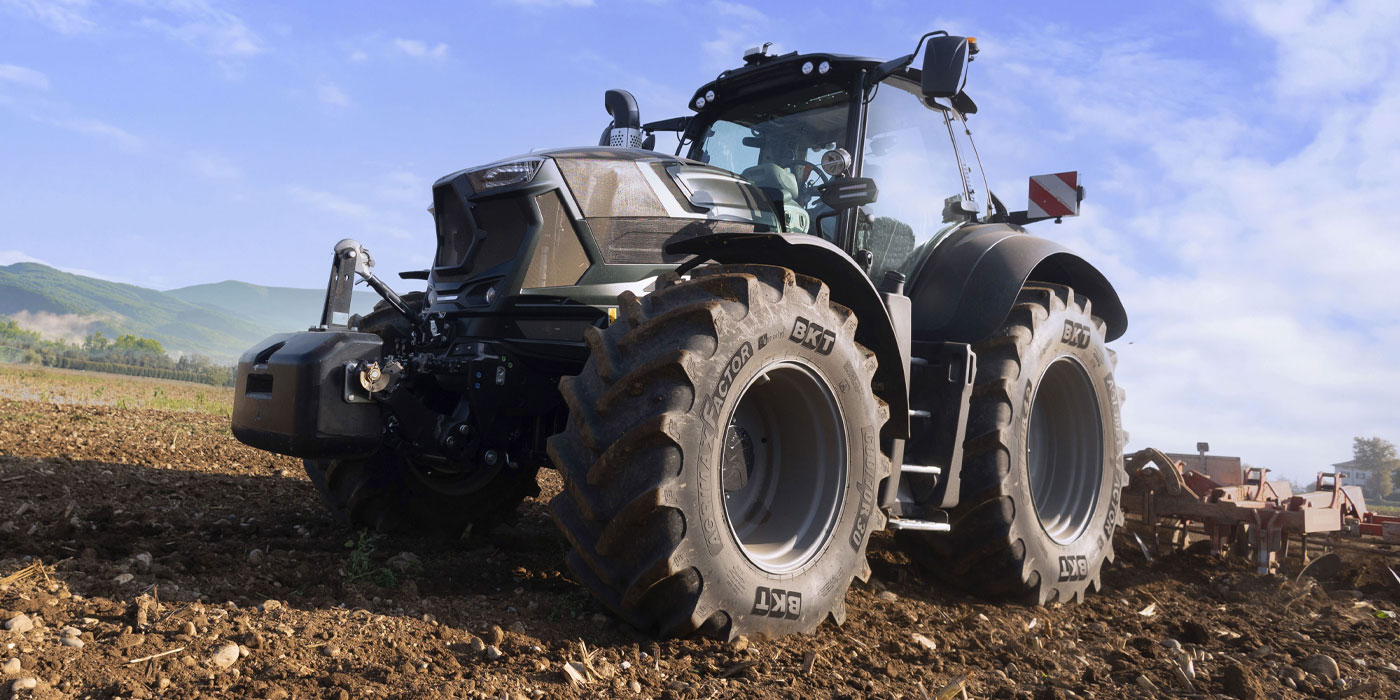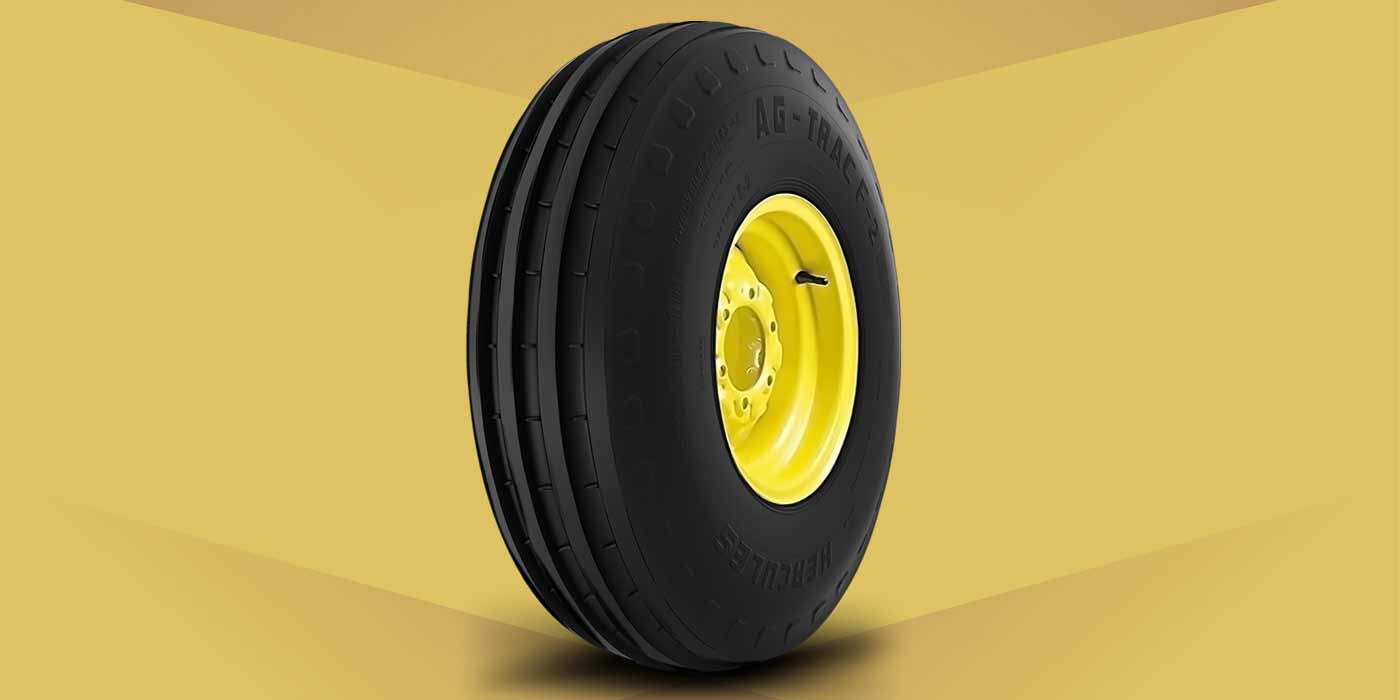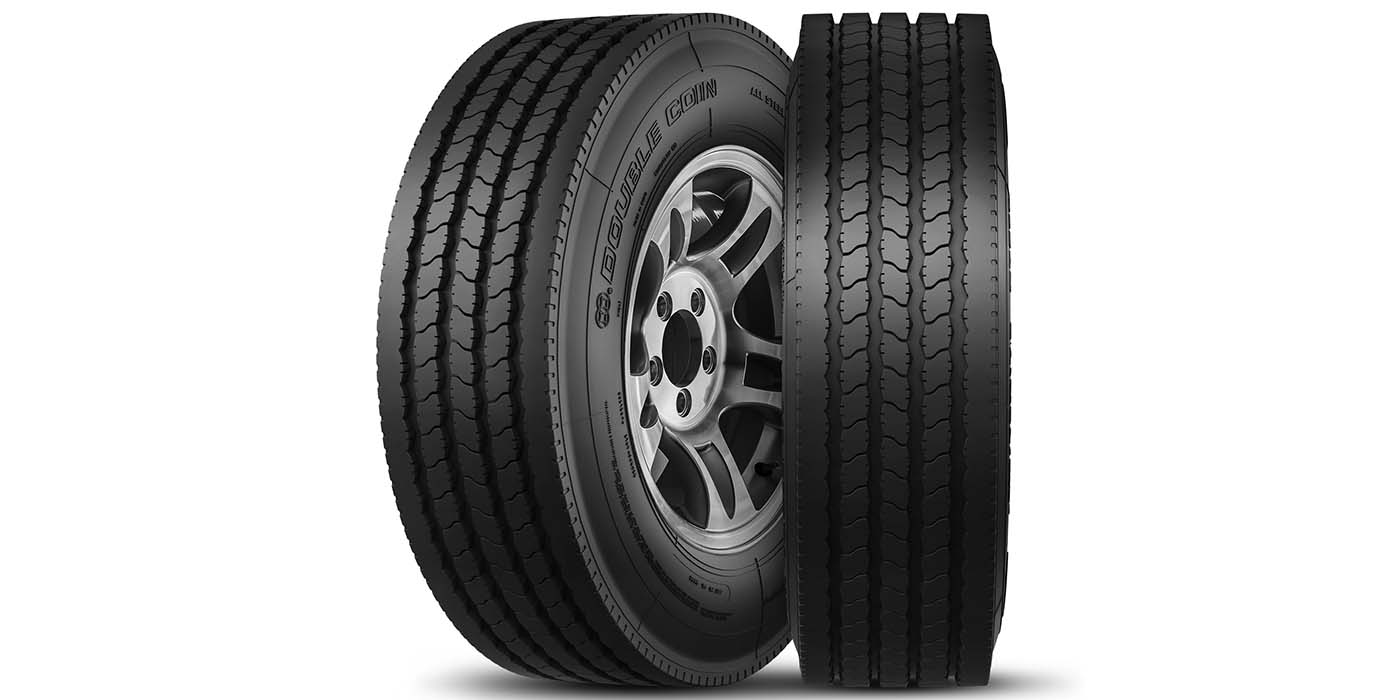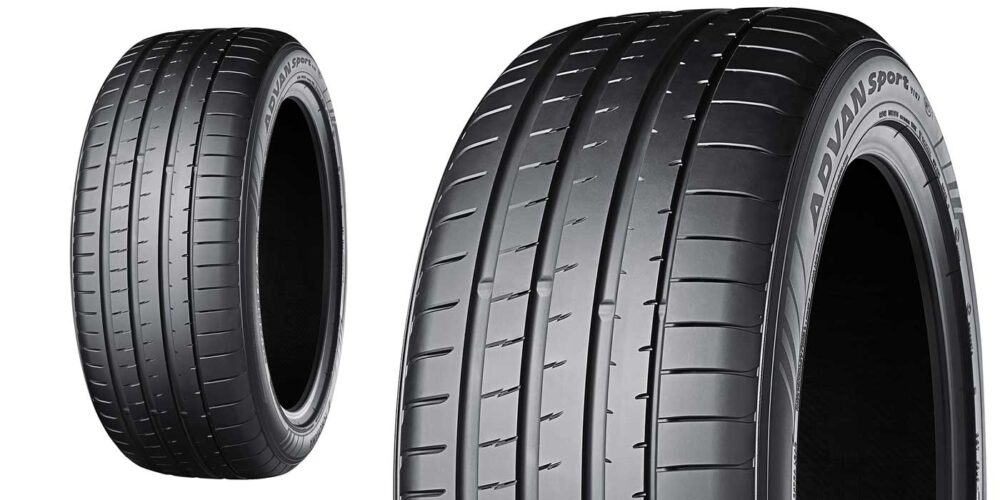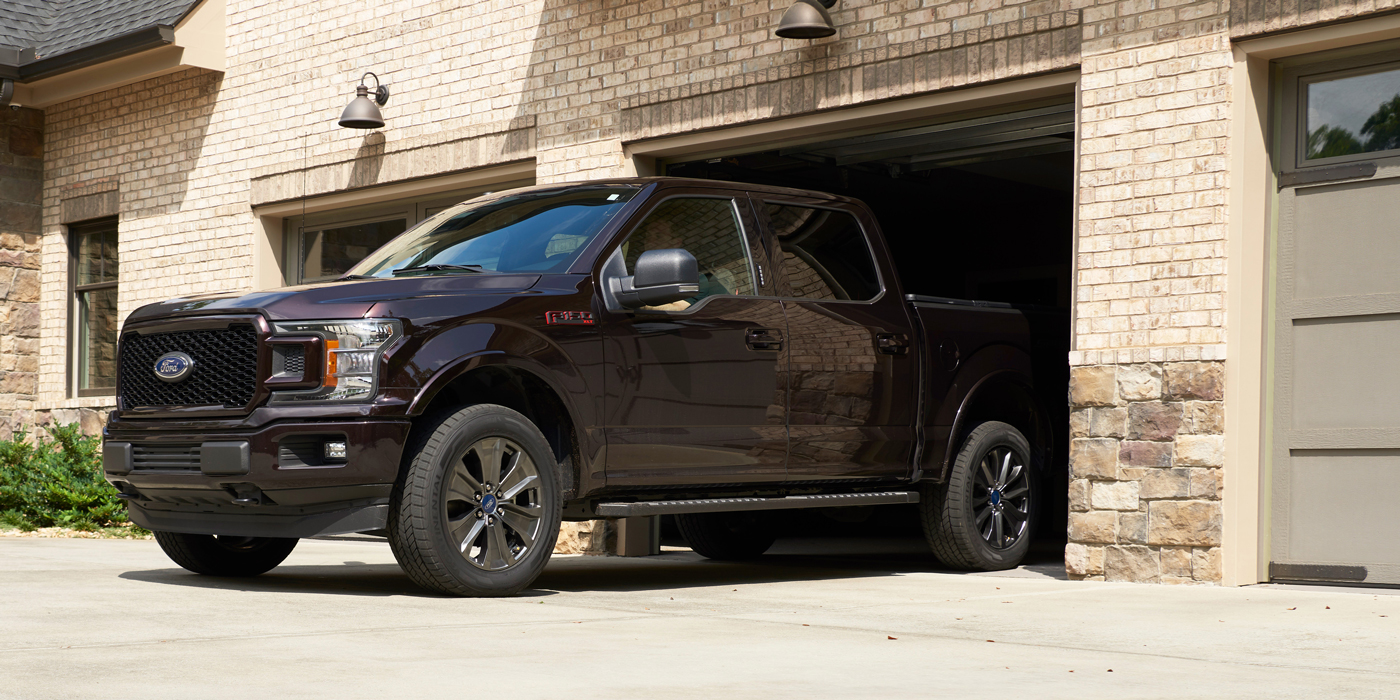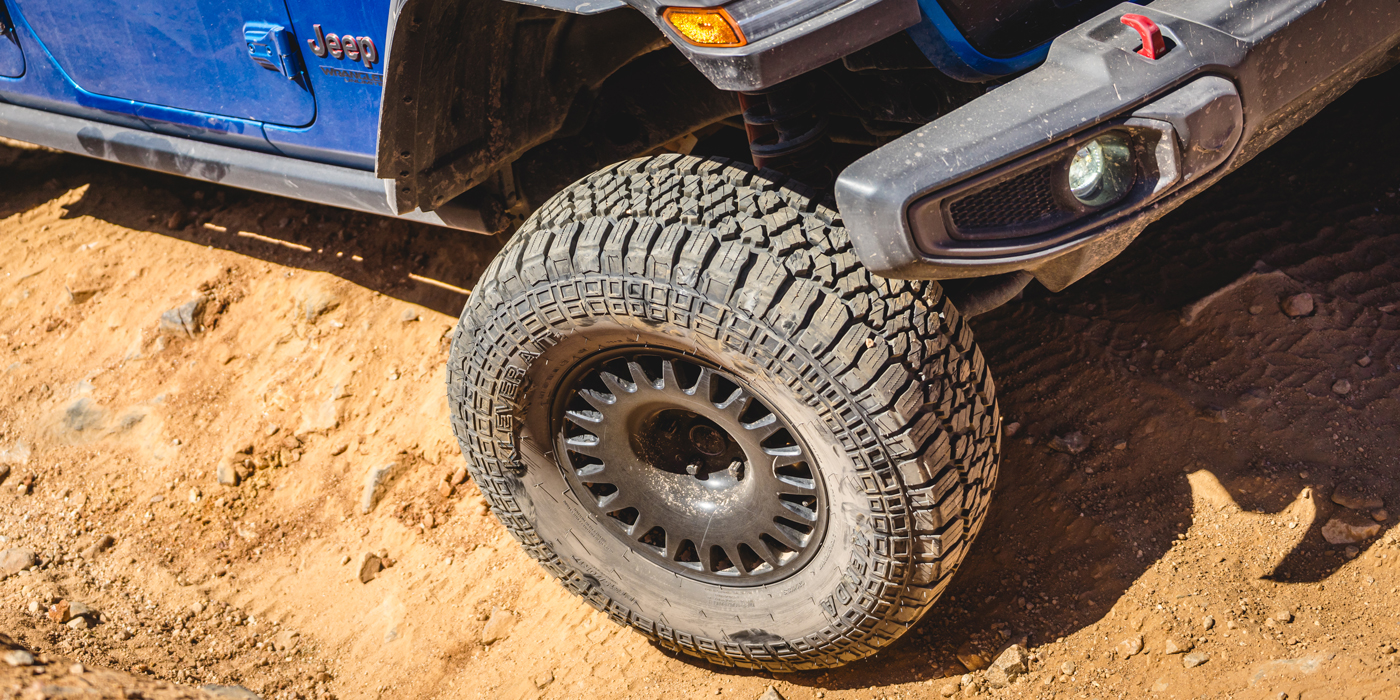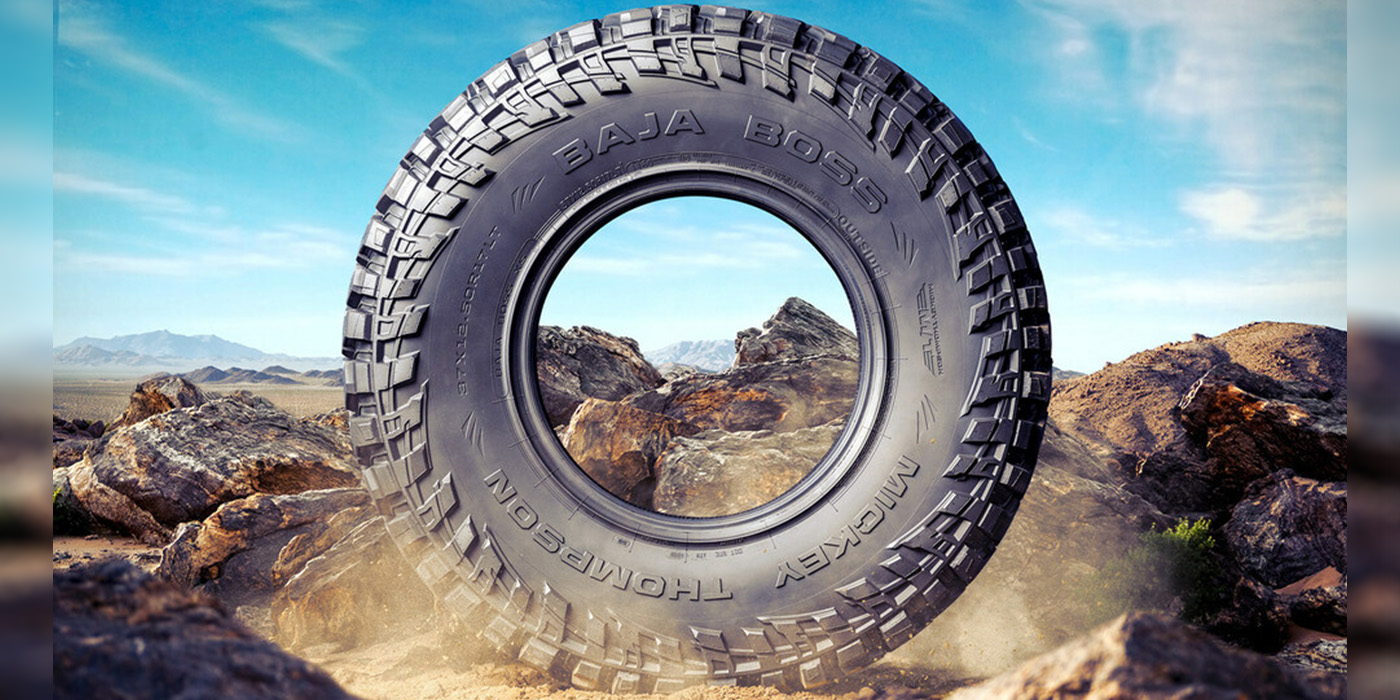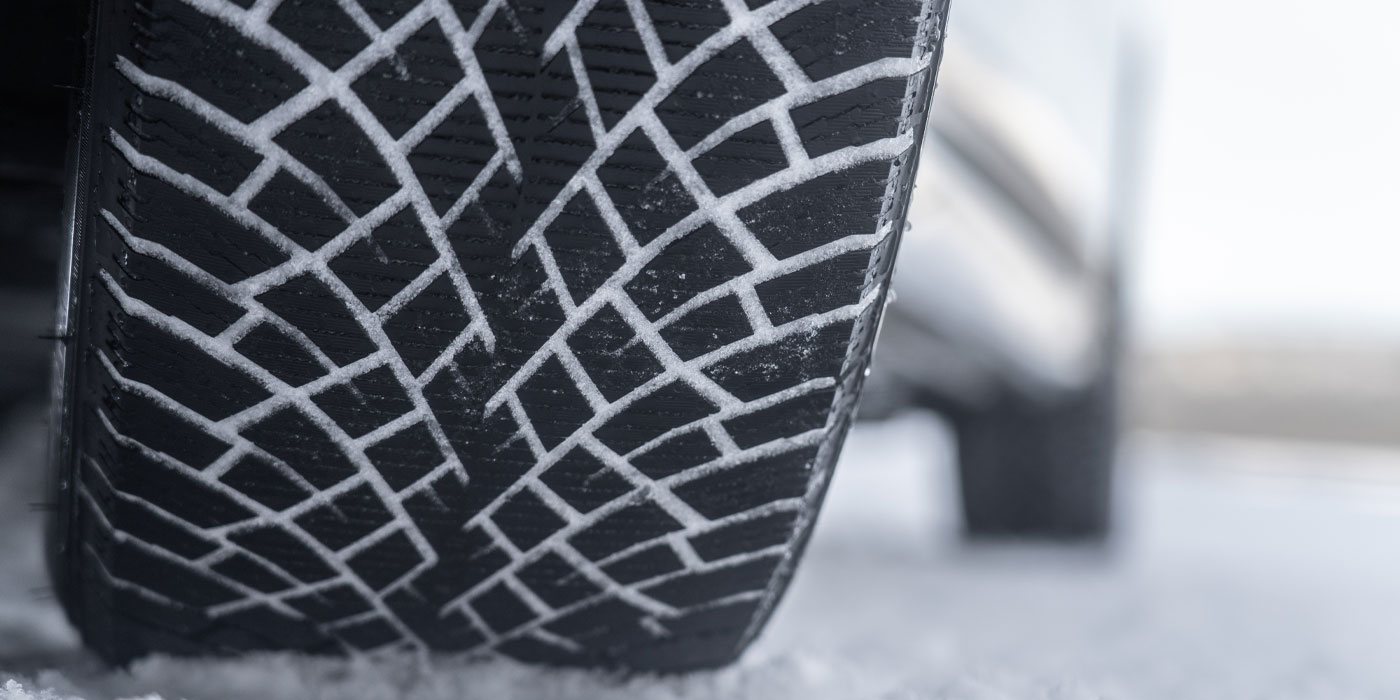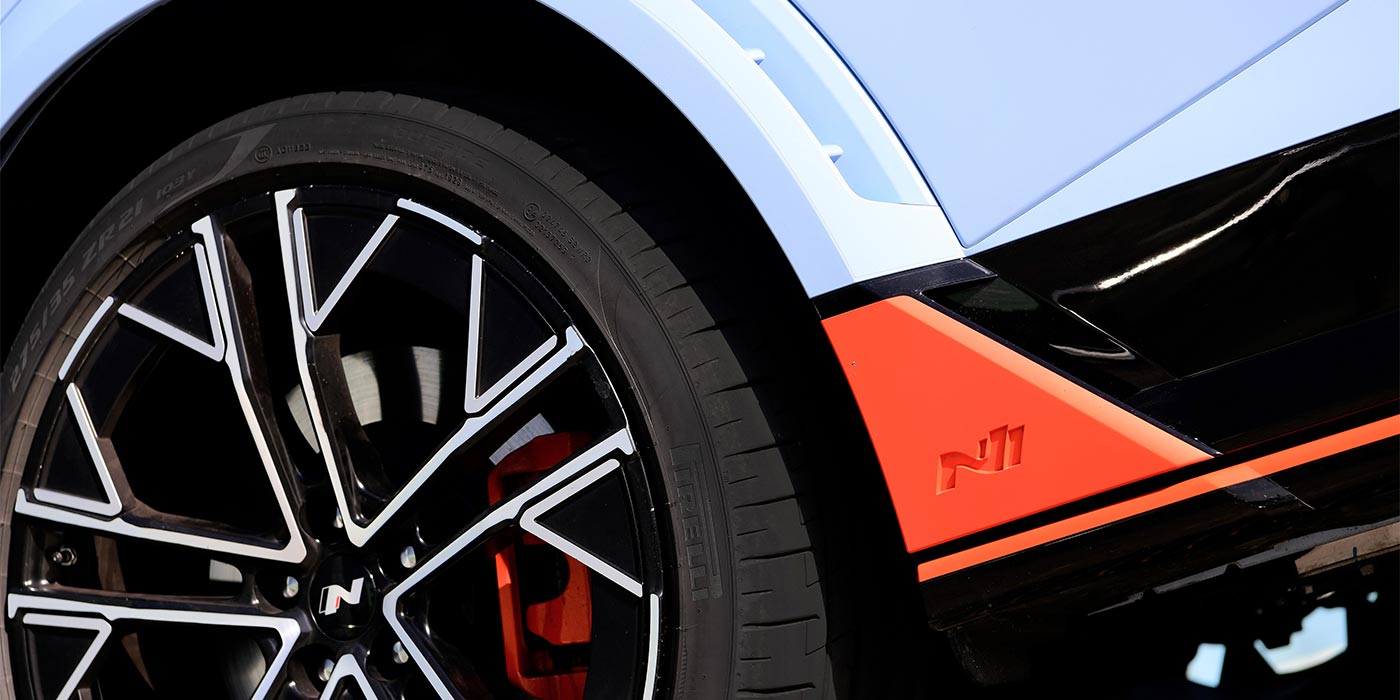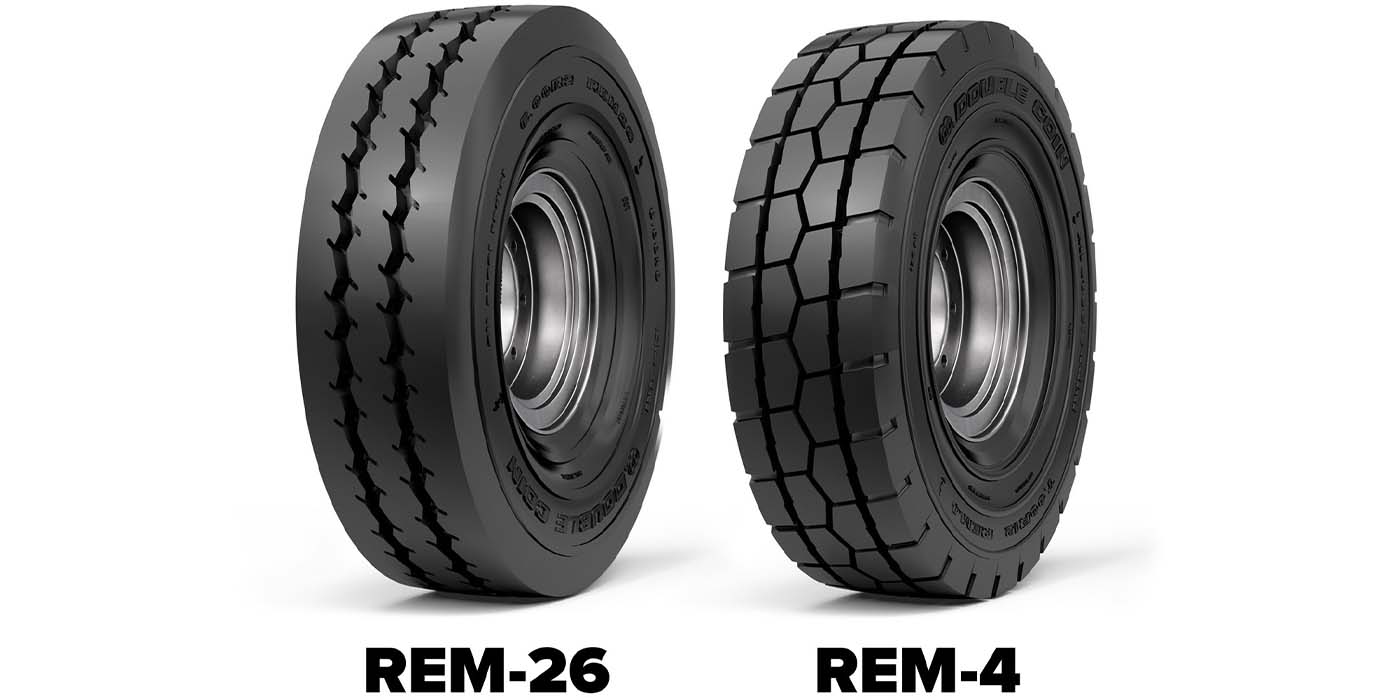Alignment & Driveability
You’ve worked hard to make the sale, now you have to make sure that the customer doesn’t come back with a serious complaint.
When dealing with issues regarding the driveability of the vehicle, there are several inspections, and possibly a few adjustments, to be made. You better be ready for the inevitable comeback customer who says "my vehicle pulls to one side with the new tires and wheels, and it didn’t before."
With SUV tires and wheels hitting 24-inch diameters and reaching hard for the 26-inch mark (No, that is not a typo), how do you handle the alignment of such a beast? More common are the 17- to 20-inch sizes on mid-sized cars and trucks, and even the proliferation of off-road tire sizes in the 44-inch tall range.
Here is a common scenario. We’ll use a late model compact truck for our example. In this case, we replaced the stock 205/75R15 tires on 15×7 wheels with 245/45R17 tires on 17×8 wheels. After installing the new tires and wheels, our customer comes back and complains of a drift to the right.
First, the inspection. This is a great opportunity to look for damaged or out-of-spec suspension parts, as well as sell an alignment job. Start by checking the alignment. A total alignment procedure tells us that the truck is in spec. The inspection didn’t reveal anything wrong.
With directional tires, we rotated the right front and right rear. At this point, we’re looking for a radial pull that could cause the drift. After the test drive, there was no difference. We switched front tires left and right and still the truck pulls to the right. There doesn’t seem to be a radial pull. Now what?
Customized Alignment
When dealing with performance tires and custom wheels, it may be necessary to perform a custom alignment that will correct subtle problems or appease a picky customer. To do this, you will need a good understanding of how camber, caster and toe affect the drivability of a vehicle.
Camber and caster are the two main measurements of importance in our example. Camber is the angle formed by the inward or outward tilt of the wheel in relation to a vertical line originating through the center of the tire.
According to Gary Hershberger, a technical instructor for Hunter Engineering, there are "three times when you need to vary camber. They are road, load and owner modifications."
Counter Pull
If your customer drives along a road with a high crown and isn’t comfortable correcting the drift with steering input, then a custom alignment may be able to lessen the severity of the condition.
By custom alignment, I mean that small adjustments can be made that will affect how the vehicle drives. To correct the example problem, we set cross camber at 0.5º.
By having more than 0.5º cross camber, we generate a slight pull. The pull will be toward the more positive camber angle. We still maintain specs, just tweeked them a bit. This caused a slight pull to the left to counter the effects of the high crown of the road (Illustration B).
Gary also mentioned to "consider the weight of the driver or unusually heavy payloads. Substitute a load with sandbags, etc. if a heavy driver is the problem, and always try to align with any normally carried weight, such as cargo, in place."
Caster is the other angle to be concerned with (Illustration C). Caster is the angle formed by the forward or rearward tilt of the steering axis in relation to a vertical line drawn through the center of the wheel hub as shown in our diagram.
If you are dealing with a vehicle with extremely wide tires, you may want to use cross caster (Illustration D) instead of cross camber to correct the problem. This allows the tires to remain relatively flat on the road, but allows you to achieve the goal of countering a slight drift to one side. Do this by setting cross caster greater than 0.5º.
The vehicle will pull toward the side with the least positive caster setting. We set our truck to have a 0.5º less caster on the driver’s side. In doing so, we managed to have the truck drive straight with relatively little steering input on a road with high crown.
On a flatter road, the truck may tend to drift more to the left, so we make sure that our customer understands how the adjustment will affect the drivability in different conditions.
By performing this simple task, we have saved a great deal of time by not having to swap tires and wheels, which would have cost more money than the profit generated from the sale. Also, if you are mounting significantly wider than OE tires and wheels on a vehicle, Gary suggests that "camber be moved as close to zero as the tolerance allows, which can minimize tire wear.
"Additionally, toe can be set at or near zero if the spec allows, which will minimize tire scrubbing as the vehicle goes down the road. This will provide a flat footprint and should alleviate most driveability problems from the start."
I hope that everyone had a great time at the ITE/SEMA show. If you missed it, be looking for the next few issues to see the latest, greatest and largest tires and wheels on the planet. If you have any questions, please write to me c/o Tire Review or email at [email protected].
I’d like to thank Gary Hershberger for his in-depth and comprehensive instructional class. If you would like more information regarding training classes, he can be reached at 817-267-9446 ext. 3 or by e-mail at [email protected].

